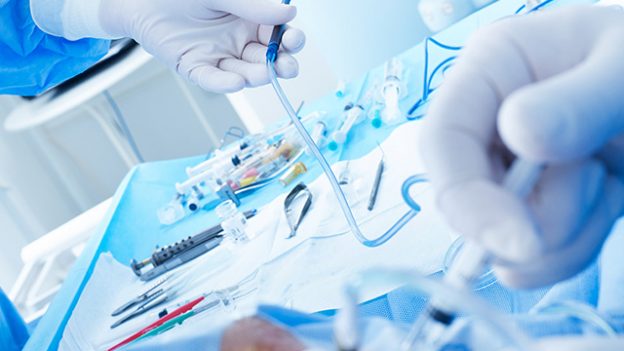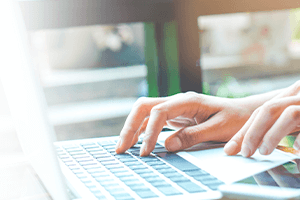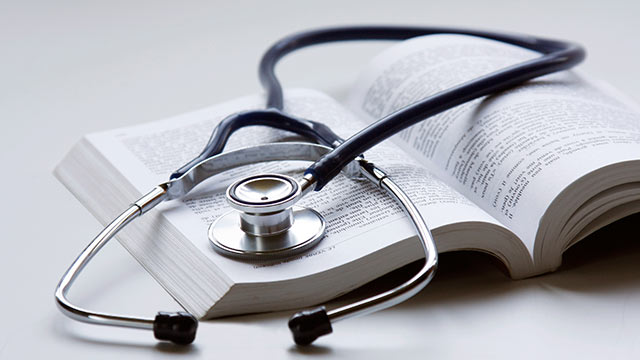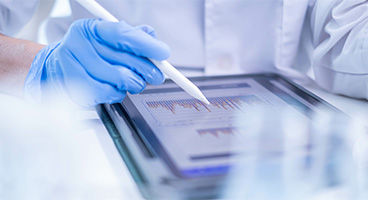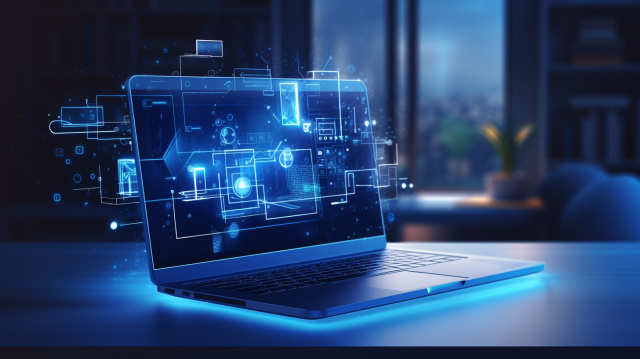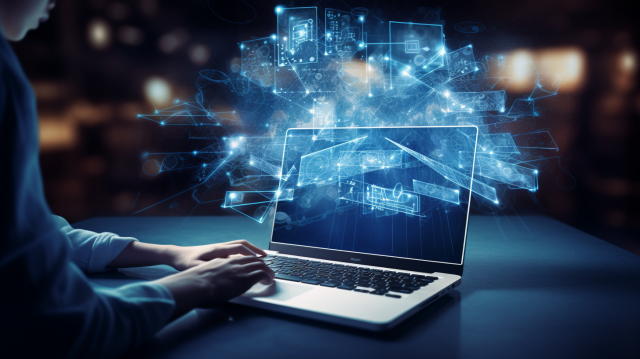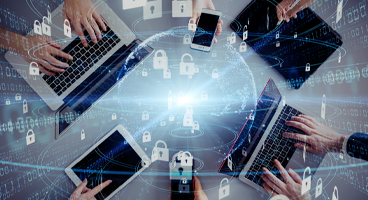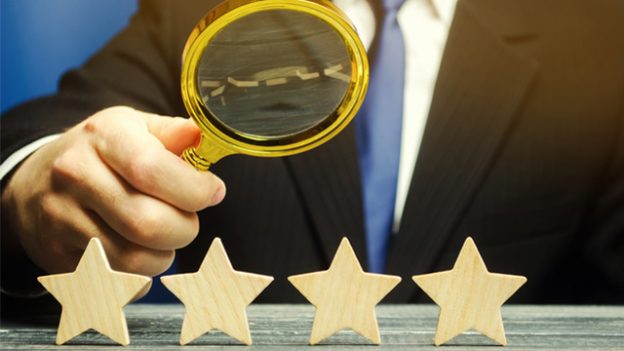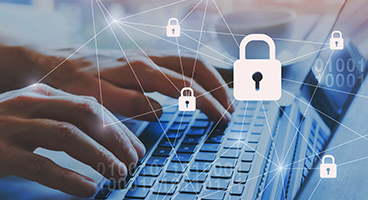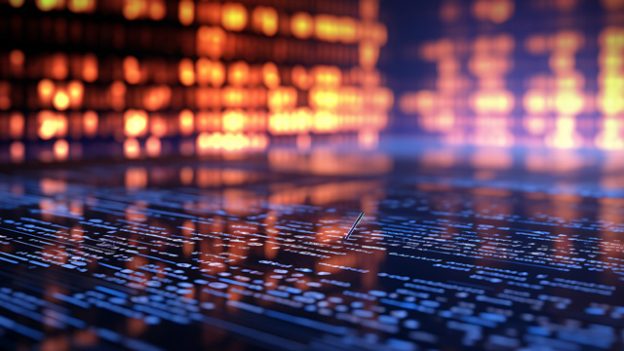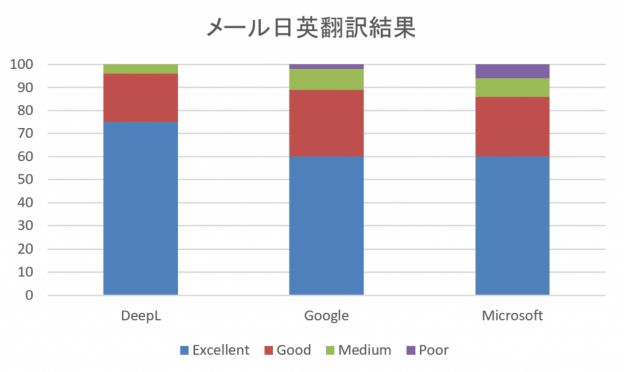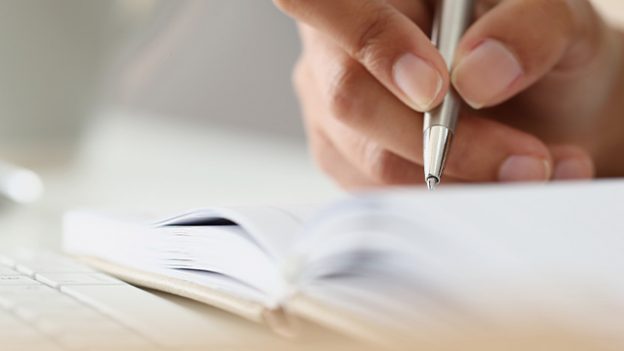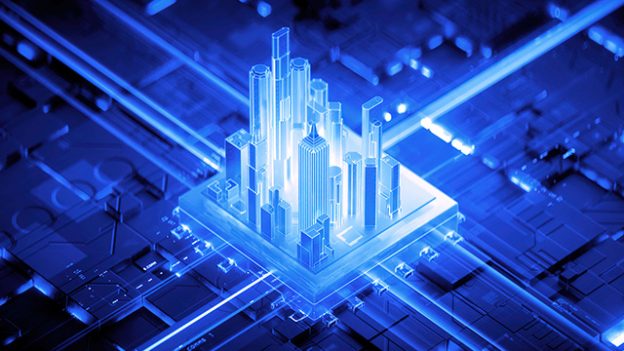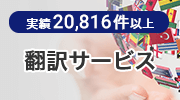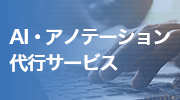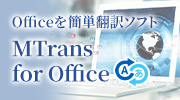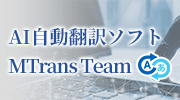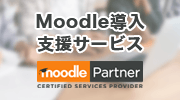Medical devices hold an important position in the healthcare and medical industry. In this blog, we will discuss the medical device market, approval processes, and risk management while comparing them with pharmaceuticals.
We will also consider the key points for translating IFUs (Instructions for Use) and regulatory submission documents.
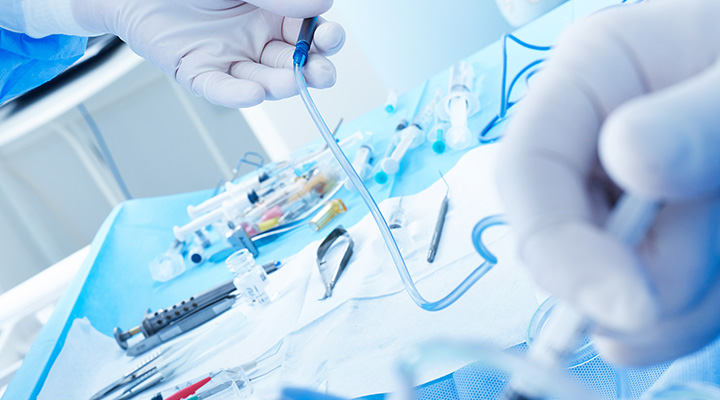
- Table of Contents
-
- 1. Size and Characteristics of the Medical Device Market
- 1-1. Market Size of Medical Devices
- 1-2. Characteristics of the Medical Device Market
- 2. Medical Device Approval Process and Risk Assessment
- 2-1. Medical Device Approval Process
- 2-2. Risk Assessment of Medical Devices
- 3. What are the needs for medical device translation and what kind of translation company can meet them?
- 3-1. High Expertise Required for Medical Device Translation
- 3-2. There is also a need to translate pharmaceutical application documents in large volumes and quickly.
- 4. Leave medical device translation to Human Science
- 5. Introduction to Medical Translation in Human Sciences
1. Size and Characteristics of the Medical Device Market
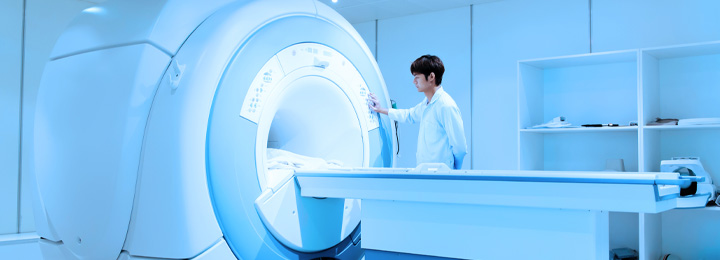
1-1. Market Size of Medical Devices
Japan's pharmaceutical market boasts one of the largest scales in the world, with the market size exceeding 10 trillion yen since 2020, according to various sources, and is estimated to follow the United States, major European countries, and China in market share.
On the other hand, the medical device market in Japan is also a large market, which includes diagnostic devices, therapeutic devices, surgical instruments, rehabilitation equipment, and more. Since 2020, the size of the medical device market is estimated to be around 5 trillion yen, although this varies depending on the source.
1-2. Characteristics of the Medical Device Market
The medical device market is characterized by its very wide range.
In pharmaceuticals, although there are variations in usage purposes and dosage forms, they can be summarized as substances that exert some effect when absorbed into the body. However, medical devices differ significantly, as they range from "instruments" like tweezers to "facilities" like MRI machines.
The future of the medical device industry is promising, with increasing demand for advanced medical devices that incorporate the latest technologies, such as regenerative medicine for organs like the heart and brain, robotics technology for surgical and caregiving robots, biosensor technology for wearable devices, AI technology for medical image analysis, diagnostic support, and patient management, leading to further market growth expectations.
2. Medical Device Approval Process and Risk Assessment
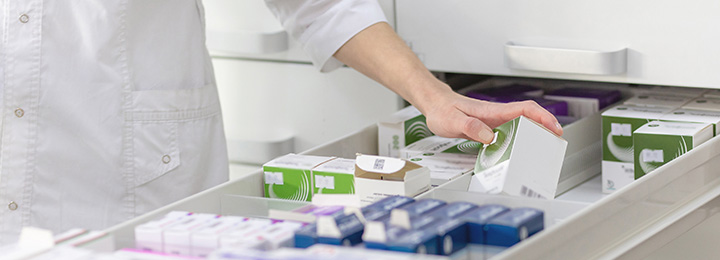
2-1. Medical Device Approval Process
The pharmaceutical approval process includes the submission and evaluation of clinical trial data and safety and efficacy data, and typically undergoes a rigorous process that involves multiple stages before approval is granted.
The approval process for medical devices includes clinical trials and performance evaluations, but due to the wide range of products, different processes and standards may apply compared to pharmaceuticals, and specific standards or safety assessments may be required.
2-2. Risk Assessment of Medical Devices
In the drug approval process, the safety of the drug (the severity and relevance of adverse events that occurred after administration) is thoroughly investigated, and in fact, there are many cases where approval was not granted due to serious side effects. However, the balance between safety risks and benefits to patients is also considered important, and a certain level of risk may be accepted.
On the other hand, in the approval process for medical devices, the evaluation of the safety and performance of the devices, as well as the balance of risks and benefits, is considered. However, each medical device has its own unique risks and is classified into Class 1 to Class 4 according to the level of danger it poses to the human body and other factors.
Examples of potential risks of medical devices include ventilators, which directly affect a patient's breathing, cardiac pacemakers, which directly influence the heart's movement, and CT scanners, which emit radiation to the patient and have very heavy X-ray tubes that rotate rapidly over the patient.
Strict risk management is required for these.
3. What are the needs for medical device translation and what kind of translation company can meet them?
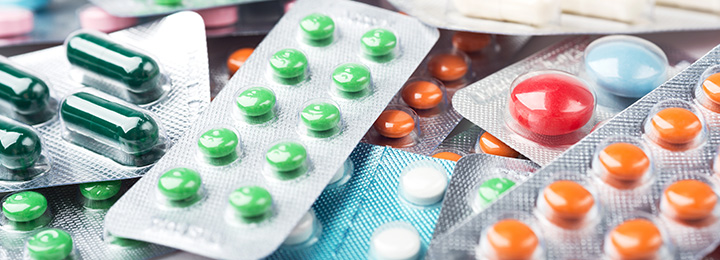
3-1. High Expertise Required for Medical Device Translation
In schools and correspondence courses for translators and aspiring translators, the curriculum is often structured around content related to "pharmaceuticals," and there is a field of study called "pharmacology" for systematically learning background knowledge. Therefore, it is believed that the environment for learning "medical translation" is relatively well-established.
On the other hand, regarding medical devices, the range of products is extremely broad, making it difficult for translators to prepare to handle all types of medical devices.
Therefore, it is important to request a translation company that has a solid cooperation system with translators who possess high expertise in individual medical devices and are willing to absorb research skills and new knowledge, as well as translation checkers.
In addition, when it comes to the translation of IFUs (Instructions for Use), a translation company that handles the production and translation of user manuals for general consumers and various internal manuals for manufacturers is likely to have the know-how for expressions and notations that are easy for readers to understand.
In addition, many of today's medical devices are designed to connect with PCs and networks, so translation companies with a proven track record in IT translation may also be able to provide the quality of translation that our clients require.
3-2. There is also a need to translate pharmaceutical application documents in large volumes and quickly.
Similar to clinical trials for pharmaceuticals, a large number of documents such as the clinical trial device overview, clinical trial implementation plan, and clinical trial summary report are generated in the regulatory application for medical devices.
It is necessary to translate those documents quickly and accurately to achieve faster approval.
By entrusting the translation to a company with extensive know-how in translation support tools (CAT tools) such as machine translation (MT) and translation memory like Trados, it becomes possible to achieve large-scale and rapid translation of pharmaceutical application documents.
4. Leave medical device translation to Human Science
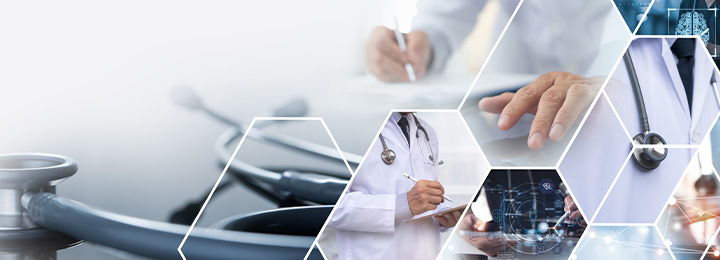
In the Medical Translation Division of Human Science, we have established partnerships with translators who possess high expertise and those who are diligent and motivated in their research.
Related Blogs:
Books that Helped Medical Translation Professionals Improve Translation Quality!
We have also provided fast and accurate translations by utilizing translation support tools such as Trados, machine translation, and AI.
Our company has a wealth of experience, such as utilizing Trados for the English-Japanese translation of clinical trial reports for ophthalmic medical device manufacturers, achieving shortened delivery times and consistency in translations; using Trados for the revised English-Japanese user manuals of medical device manufacturers to unify terminology and expressions with the previous version; and employing Trados for the English-Japanese translation of specifications, user manuals, UI, and FDA application documents for clinical medical support system companies, while progressing with the translation of multiple items in parallel and also providing consulting for manual creation.
Related Links:
Achievements and Case Studies
Medical Device Translation Services
For medical device translation, please leave it to Human Science.
5. Introduction to Medical Translation in Human Sciences
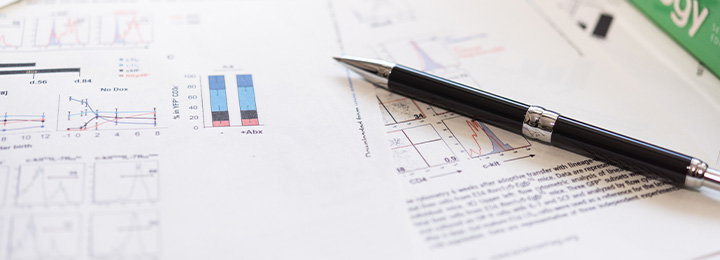
At Human Science, we offer human translation services and post-editing services. We utilize computer assisted translation (CAT) tools such as Trados and Phrase TMS (formerly known as Memsource), as well as automatic translation tools, to improve translation efficiency and quality, and contribute to the further growth of our clients.
If you have any concerns or interests, please feel free to contact us.
In addition, we provide information related to medical/healthcare translation, such as the following. We hope you find it useful.
Related Blogs
What is the translation accuracy of DeepL in medical translation? Comparison results with Google/Microsoft/Amazon
Has the accuracy of medical translation improved? A comparison of DeepL and Google Translate between 2020 and 2023
What is medical and pharmaceutical translation? Reasons for the difficulty of translation and points for selecting a service provider

